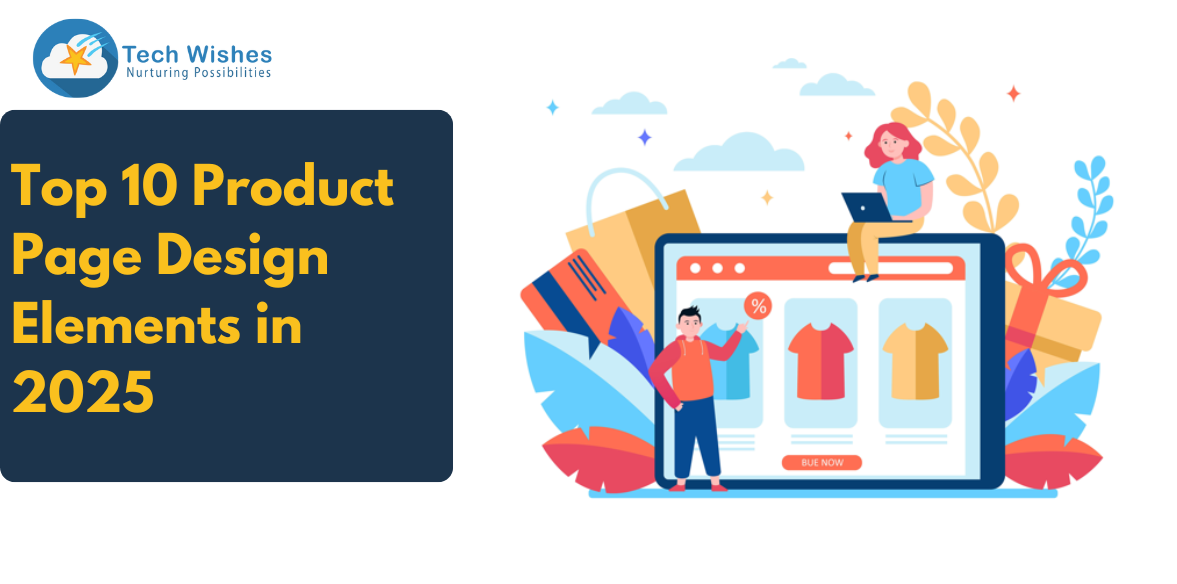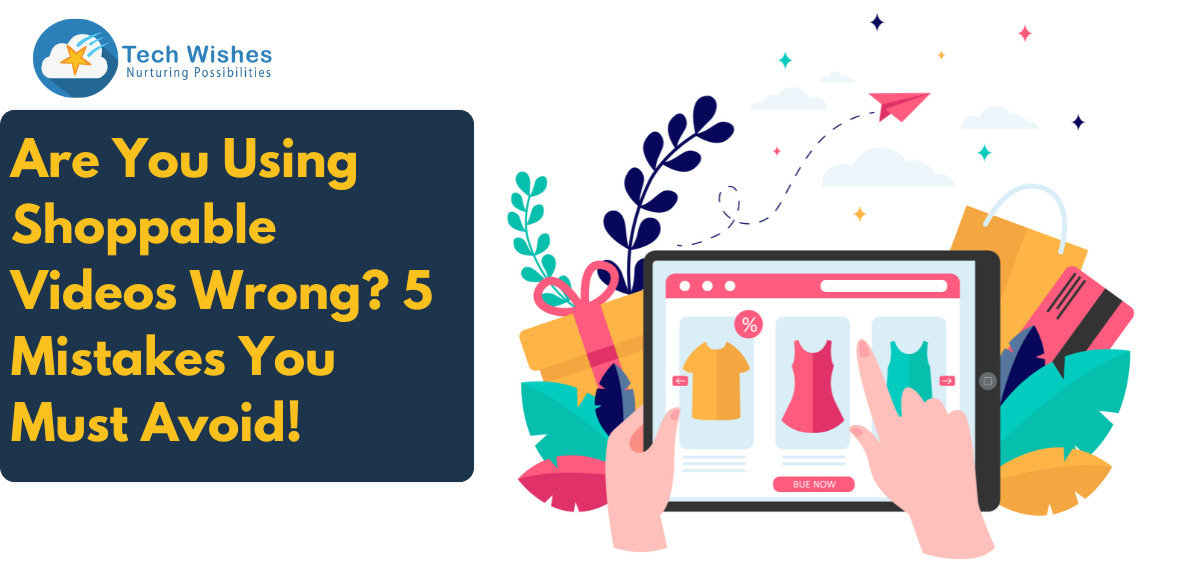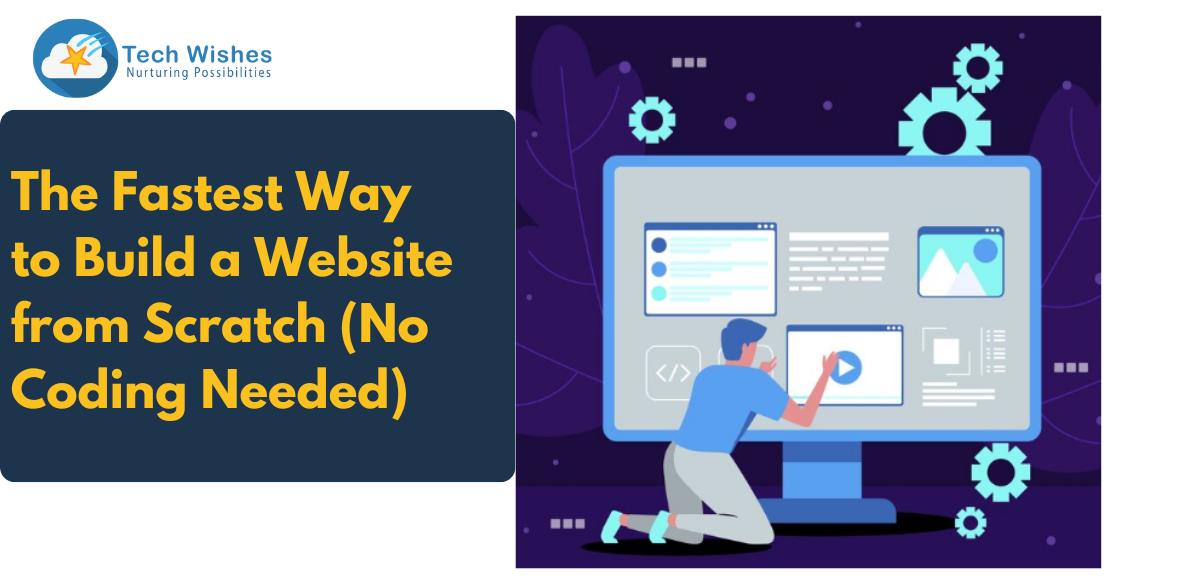In this lightning-speed ecommerce industry, page speed optimization is not an option, but a necessity. Ever wondered, how much each late second impacts an online store? About 4.42% reduction in conversion.
As Shopify claims, improvement in one-second speed can increase mobile conversion by 27%. Hence, optimizing your Shopify store's page speed is indispensable for delivering a seamless user experience and achieving online success.
How to Analyse Shopify Store Page Speed?
Google's Lighthouse is a powerful tool that provides valuable insights into your website's performance, including page speed, accessibility, and more. By analyzing your Shopify store with Lighthouse, you can identify areas for improvement and implement targeted strategies to enhance your website's performance.
In this guide, we will explore how to measure your Shopify page speed using Google's Lighthouse. We'll walk you through the process of conducting a performance audit and interpreting the results. Let's dive in and unlock the key to a faster and more efficient Shopify store.
Step 1: Accessing Google's Lighthouse
To get started, open Google Chrome and navigate to your Shopify store. Once on your website, right-click anywhere on the page and select "Inspect." This will open the Developer Tools panel. Click on the "Lighthouse" tab.
Step 2: Running the Audit
In the Lighthouse panel, click on the "Generate Report" button to start the audit. Lighthouse will run several tests on your website, evaluating performance, accessibility, best practices, SEO, and more.
Step 3: Interpreting the Results
After the audit is complete, Lighthouse will display a detailed report with scores for each category. Focus on the "Performance" score, as this indicates your Shopify store's page speed. Lighthouse scores range from 0 to 100, with higher scores indicating better performance.
Step 4: Understanding Key Metrics
Lighthouse provides key metrics that help you understand your page speed performance:
First Contentful Paint (FCP): Measures the time it takes for the first content to appear on the screen. Aim for an FCP of under 1 second for a fast-loading website.
Largest Contentful Paint (LCP): Measures the time it takes for the largest element on the screen to load. The ideal LCP should be under 2.5 seconds for optimal performance.
Total Blocking Time (TBT): Indicates how long a page is unresponsive to user interactions during loading. Aim for a TBT of under 300 milliseconds for a smooth user experience.
Do not forget to hire dedicated Shopify Developers to understand better…
Step 5: Analyzing Opportunities and Diagnostics
Lighthouse provides a detailed breakdown of opportunities for improvement and diagnostic information. Look for suggestions on how to optimize images, leverage browser caching, eliminate render-blocking resources, and more. Addressing these opportunities can significantly boost your page speed.
Step 6: Implementing Improvements
Based on the insights from Lighthouse, prioritize the suggested improvements and implement them on your Shopify store. Optimize images, minify CSS and JavaScript, leverage browser caching, and consider using lazy loading for non-essential resources.
Take help from Shopify Experts for more…
Conclusion
Measuring your Shopify store's page speed with Google's Lighthouse provides valuable insights into your website's performance and areas for improvement. By regularly conducting performance audits and implementing targeted optimizations, you can enhance your page speed, deliver an exceptional user experience, and achieve online success in the competitive world of e-commerce.
Remember that a faster and more efficient Shopify store not only attracts more visitors but also improves search engine rankings, boosts conversions, and strengthens your brand's reputation. With Google's Lighthouse as your guide, you can continually optimize your page speed and stay ahead in the dynamic landscape of online retail.
Read:
Shopify Page Speed Optimization
Optimizing Your Shopify Store for Mobile
How to Build a Shopify Store from Scratch



